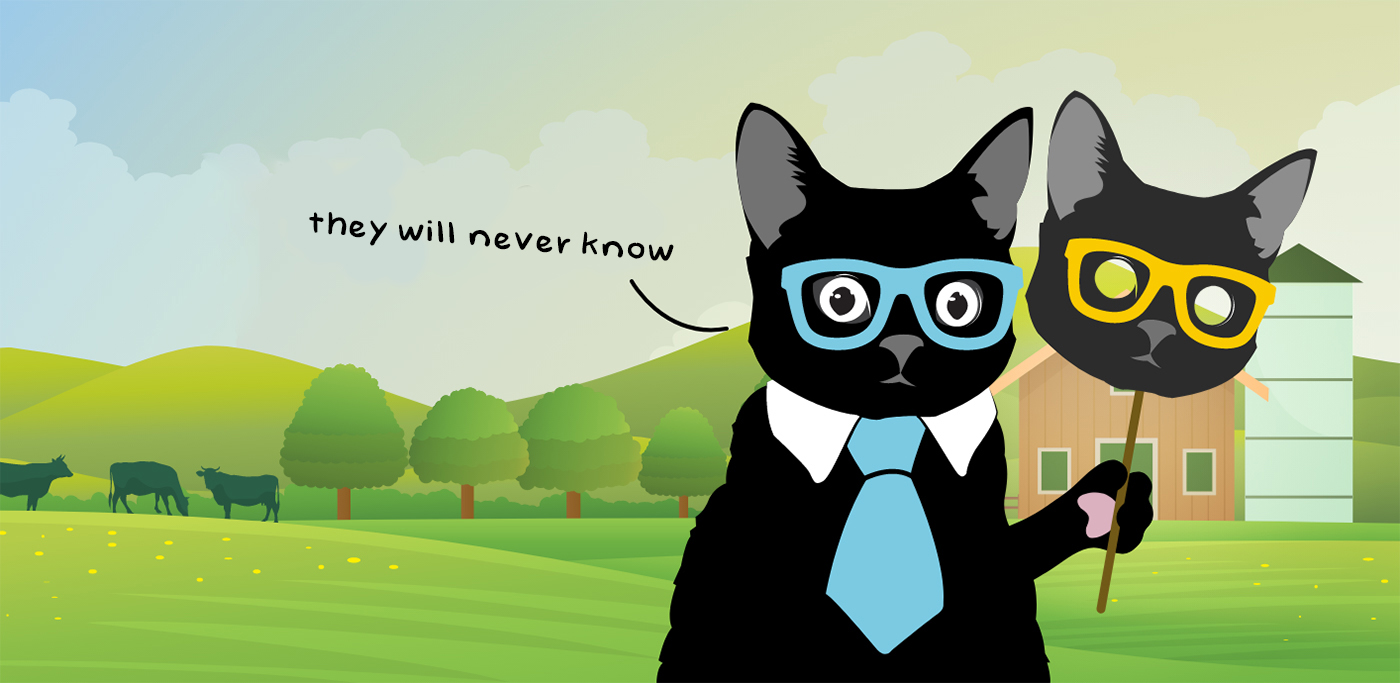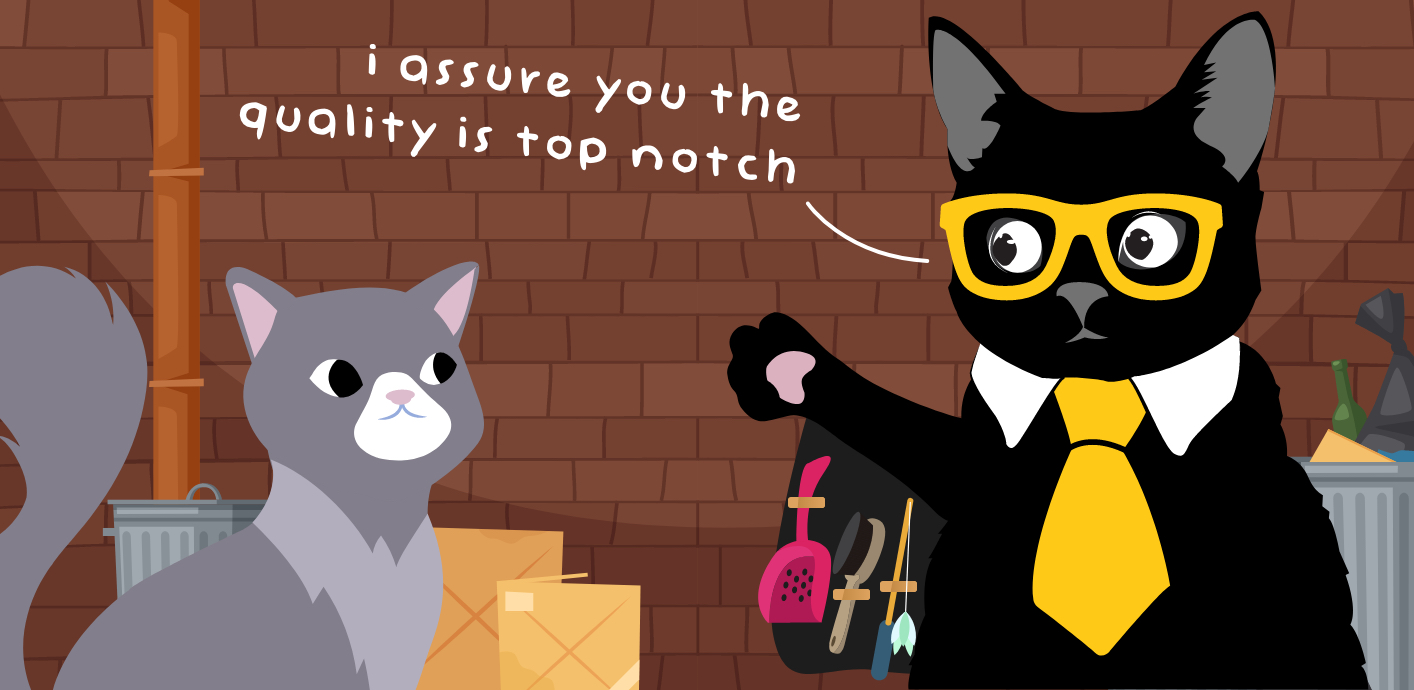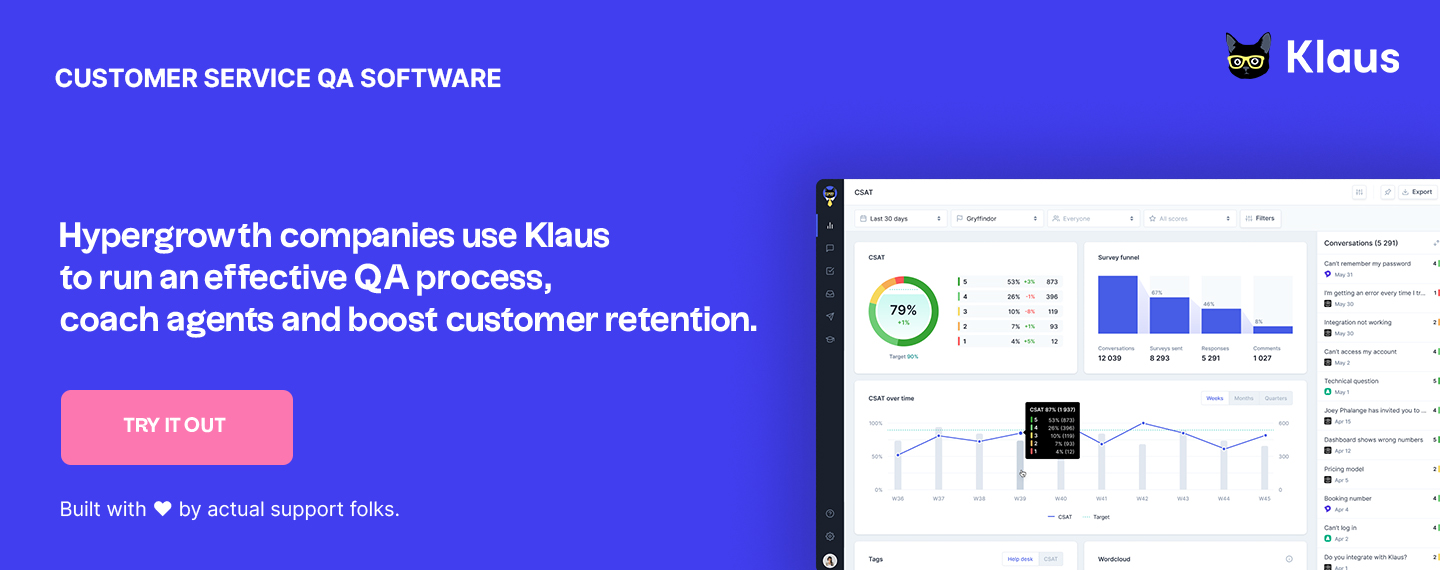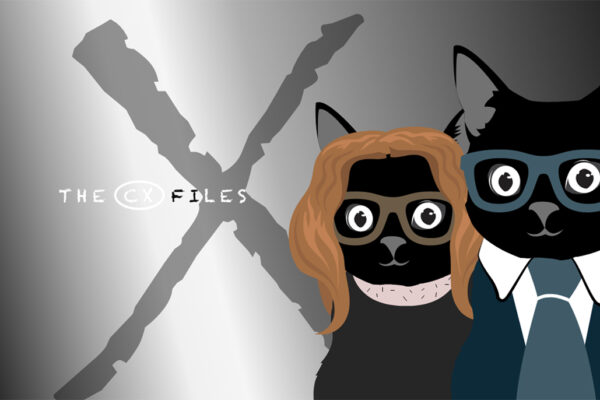It’s no secret that well-trained customer service teams purr-form better, enjoy less turnover, and contribute to the company’s bottom line more effectively than poorly-trained teams. However, a great team won’t just happen by accident. That’s why it’s essential to have dedicated training activities for your customer service team.
Obviously, each team is unique, and it requires some creative thinking and patience to achieve exceptional results from your training program. With that in mind, here are seven customer service training ideas and activities that can really take your coaching initiative to the next level.
The best activities for customer service teams
1. Role Playing

World-class customer service is impossible without empathy — that is, the ability to put ourselves in another person’s situation and internalize their emotions and perspective. When your team members are empathetic, then helpfulness and understanding will flow from them naturally. They’ll do their very best to help the customer, even in difficult circumstances.
Role-playing games and simulations are an outstanding way to help your employees become more empathetic. For example, you can have one team member play the role of a customer in a frustrating situation, and another play the role of the support representative. Allow your team to explore the dynamics of the situation. What if the support rep is rude, or uncaring? What qualities should the rep display to help ease the customer’s frustration? After the situation has been resolved, have the two team members switch places.
Apart from developing empathy within your team members, role-playing is also an excellent opportunity for them to practice their communication, problem-solving, and troubleshooting skills — and do so with a “safety net” under them.
2. Reflective Listening
One of the most powerful skills that any customer service representative can have is reflective listening — in other words, the ability to repeat back to someone what they just said, but in the representative’s own words. Not only does this communication technique show clearly that a service rep has been listening to the customer, but it frequently clarifies a situation and prevents misunderstandings.
To help your team become more skillful at reflective listening, break them up into pairs, and ask them to take turns using this technique when responding to their conversation partner. Give them prompts to help them imagine a realistic situation, and then coach them on how to use reflective listening to resolve the issue.
3. “Present the Product”

Customer service reps that truly understand the ins and outs of their company’s product are in a much better position to assist customers. For that reason, it’s vital to encourage your team members to expand and deepen their knowledge base when it comes to key products.
One way to test a team member’s proficiency is to assign them a brief presentation on a product’s attributes and key features. Perhaps you or another support rep can play the role of the customer, and ask the rep to walk you through the different functionalities of the product. Maybe throw one or two unexpected questions into the mix, just to see how the rep responds. If you want to add a collaborative element into this technique, ask other team members for suggestions if the rep gets stuck.
This exercise is a great way to ensure that your team members have the skills and knowledge needed to assist a customer with their product questions.
4. Customer Service Improv
Improvisation games can help your service team develop speedy skills when it comes to answering customers that pose potentially difficult questions.
For instance, one of the most effective skills that a customer support rep can have is the ability to turn negative language into positive — in other words, to use the phrase “yes, and,” instead of “no.” Whereas a direct “no” could be construed by a customer as stubborn, callous, or even rude, incorporating “yes, and” phrasing can defuse tense situations, and even lead to acceptable solutions that may have otherwise been overlooked.
Such improvisation games help support reps to focus on customers and on possible resolutions to their issues, rather than restrictions based on corporate policy.
For example, if a customer asks: “Can you give me a discount on the price of this subscription?” then the support rep could respond: “If you’re looking for ways to reduce costs, then I would be glad to help you explore our other offerings that will be a better fit for your budget.” By transforming a negative phrase into a positive one, the support rep will likely be able to guide the customer toward an acceptable solution.
5. “Lunch & Learn”
Having your employees take turns giving presentations during team lunches can be a great way to foster a spirit of teamwork and collaboration. The topic doesn’t have to be work-related; it could be about a recent vacation the employee took, an organization they volunteer with, or a hobby they have. The point is, such “lunch & learn” opportunities will not only keep your support reps in good practice when it comes to explaining subjects in detail, but they can also help your team members to understand one another on a deeper level. This, in turn, will result in a more cohesive, tightly-knit team.
6. Call a Competitor

Think of this as the customer service equivalent of being a secret agent. It’s important that your support reps understand who and what they’re up against when they field customer inquiries — and what better way to find out than to have them reach out to one of your direct competitors?
You could have your team member sign up for one of your competitor’s offerings, such as a free trial, or a base subscription plan. Have your team member ask questions, and see how their counterpart on the other end responds – like a secret shopper.
This exercise offers a number of benefits. For instance, if the competitor’s support rep was pleasant, skilled at communicating, and persuasive in their reasoning, then your team member can imitate those good qualities. On the other hand, if the support rep’s service was less than ideal, then your team member can gain deeper insight and empathy into a customer’s situation when confronted with a poor experience.
7. “Imagine If…”
This group exercise is a great way to help your team develop empathy for the occasional irate customer that calls in. Have one of your team members role-play an angry customer, and have another one take the role of the support rep. Then have the “customer” berate the support rep (within the bounds of good taste, of course). Pause the scenario.
Next, ask your team how they feel about the irate customer. Once they’ve expressed themselves, ask them to “imagine if” the customer had just lost his/her job, or had just received bad news from the doctor. Go through a number of possible scenarios that would put a tremendous amount of stress on the customer. After each scenario, ask your team how they feel about the customer now.
The point of the exercise is to help your team members understand that, more often than not, angry customers are angry because of other factors in their life, none of which are related to your company, or a support rep’s performance. This realization can help your team members to display a deeper calm in the face of conflict, and even defuse some volatile situations.
8. Buddy Up
This is one of the best training activities for newer hires, to bring them up to speed with company voice and best practices. Many teams embed this process into their onboarding programs, but there is never a bad time for team members to brush on their knowledge by learning from each other.
A buddy program stimulates peer learning and collective knowledge. It also promotes team connection, and a sense of belonging has a positive impact on your employee retention rate.
Consider different ways to pair your team: junior with senior; pairing people with like-minded interests; pairing people from different teams to strengthen interdepartmental links. Each has their value, depending on what you want to achieve. This process can take the form of job shadowing – where each spends a day in the other’s shoes. Or it can be as simple as regular coffee sessions to discuss work, compare challenges, and share experiences.
A large advantage of the buddy system is how flexible it is as a training activity: it works just as well for remote teams.
Leverage These Ideas & Activities to Enhance Your Customer Service Training
The 7 ideas and activities mentioned above are an excellent way to supplement your customer service training program. They can:
- Foster a spirit of collaboration and teamwork among your employees
- Teach important communication skills to support reps, both in normal and “crisis” situations
- Generate a deeper level of empathy for customers that face frustrating challenges
- Encourage your team members to broaden and deepen their knowledge base when it comes to your products and services
Of course, when it comes to customer service training these seven suggestions are just the tip of the iceberg. For example, one-on-one feedback sessions are an important aspect of managing your team’s purr-formance and should be taken seriously. If you’d like to learn more about how to make these sessions more effective, download our free 1-on-1 meeting template for customer service teams.



